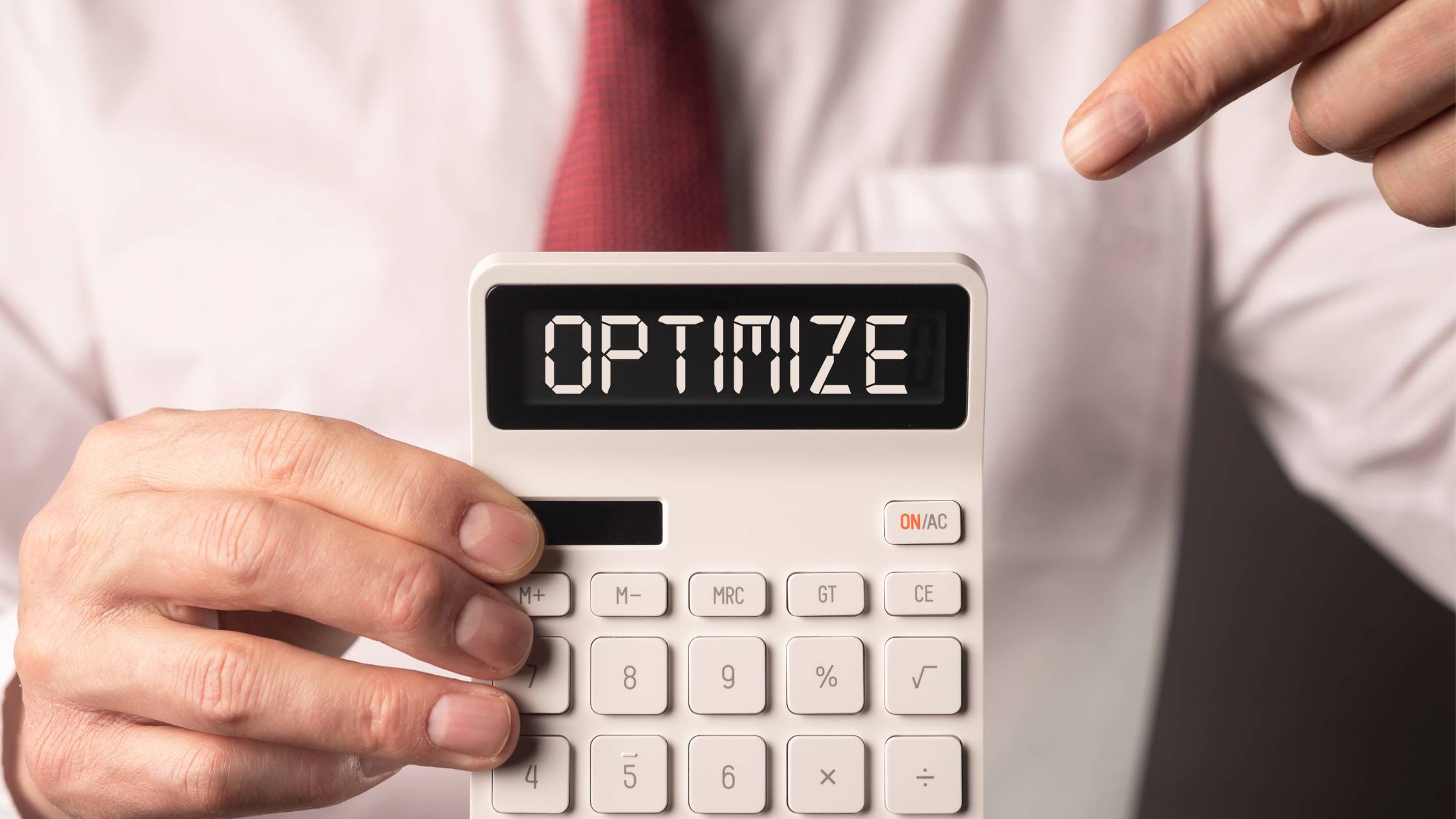VIEW BY TOPIC
- Finding Customers
- Business Systems
- Managing Employees
- Leadership
- Managing Money
Related Posts

Ready to Grow Your Business Fast?
Here’s How I Grew Five Businesses, and Eventually Sold One to a Fortune 500 Company.

Copart Auction Price History: A Comprehensive Analysis
Copart’s auction price history provides a comprehensive view of the used car market that enables you to make more informed buying and selling decisions. The value of used vehicles has historically been difficult to measure with precision. However, Copart’s auction price history provides a consistent, reliable source of information on used vehicle values. This article will discuss how Copart generates its auction price history and what limitations it may have as well as provide an overview of two other methods for measuring used vehicle values before showing why copart auction price history is superior in this regard.
Before you start a journey, it’s important to define the problem. This is especially true when it comes to fitness goals. There are so many different ways of approaching your health and wellness that it can be difficult to choose where to focus your efforts.
One of the best ways I’ve found for setting goals is by asking yourself questions like “What do I want?” or “How can I get there?” You should also consider whether your goal is something tangible (like losing 10 pounds) or more abstract (like feeling stronger).
Many people find themselves overwhelmed by all of the conflicting information out there about how much exercise we need in order for our bodies to function properly not just physically but mentally as well and end up making no progress at all because they’re focusing too much on what other people think about their fitness habits rather than what works best for them individually!
The Importance of Understanding Auction Price History

As an industry leader, Copart is a valuable source of information for informed decision-making. The company’s extensive database contains data on hundreds of thousands of vehicles that have been auctioned off over the years. This information can be used to better understand trends in the used car market and make more informed decisions about buying or selling your vehicle.
Methods for Measuring Vehicle Values
There are many methods for measuring vehicle values, each with its own advantages and limitations. Copart auction data is crucial for accurate valuations because it represents the actual market price of vehicles in your area. It can also be used to predict future trends by analyzing historical data from previous sales.
If you’re a dealer looking to buy or sell vehicles at an auction, understanding how these prices have changed over time will help you make informed decisions on when to purchase and sell your inventory and whether there’s potential profit in doing so.
Limitations of Market Value Methods
Market value methods are used to determine the price of a vehicle from the pricing of similar vehicles in the marketplace. However, market value methods are limited by the availability of data and may not always be reliable.
In addition, market values can be misleading because they do not take into account any unique attributes that might affect or enhance a vehicle’s value. For example, if you want to buy an old Ford truck with 200k miles on it at auction but there are no comparable vehicles available for sale on Copart’s website (which would make it difficult to find out what other people have paid for similar trucks), then you will likely end up paying more than what would be considered fair market value for such an old vehicle with high mileage.
Limitations of Historical Trade-In Transactions
A trade-in transaction can be a useful indicator of the value of a vehicle, but it has limitations that must be considered. The most important limitation is that trade-in transactions are often not representative of the market. While this may seem obvious, it’s important to understand why:
- Trade-ins frequently do not report their sales price to Kelley Blue Book or NADA Guide (or any other source). In fact, only about 20% of all cars sold at auction are reported by dealerships. This means that 80%+ of cars sold at auction have no publicly available data on what they sold for!
- Trade-in prices are also often lower than retail values because they tend to include incentives like special financing offers or cash back bonuses. For example: A customer might buy a new car from dealership A for $20k; then take advantage of their generous trade-in offer which gives them $8k towards buying another car from dealership B and then immediately sell that second vehicle at Copart Auction without ever having paid any taxes on it!
Limitations of Quoted Dealers’ Prices & Suggested Retail Values

A quote from a dealer, however, is not always an accurate representation of what your car will sell for. The reason is simple: dealers don’t know what condition your vehicle is in or how many options it has. They also don’t know if your vehicle is located in a highly competitive market where vehicles are selling quickly (like Houston) or if it’s located far away from major metropolitan areas (like Montana).
Dealers’ quotes are based on average prices that they see other dealers getting when selling similar cars in their markets. They take into account things like mileage and year-model but not much else beyond that and even then, there’s plenty of room for error since each dealer may have different methods for determining their quoted prices.
Copart’s Auction Price History as a Method for Measuring Used Car Values
Copart is the largest vehicle auctioneer in the US. They have over 1,400 auctions per week and have over 150 million vehicles listed on their website. This makes Copart a valuable source of information to better understand trends in the used car market.
Copart data provides insight into how much vehicles are selling for at auction, which can be useful when trying to determine whether your vehicle has increased or decreased in value since purchase.
Copart’s auction price history is a valuable source of information to better understand trends in the used car market.
Copart’s auction price history is a valuable source of information to better understand trends in the used car market. Copart’s auction price history is based on actual auction prices paid for vehicles.
This data, which spans back over 15 years, gives you an accurate and up-to-date view of what your car will sell for at auction.
Conclusion
In conclusion, Copart’s auction price history is a valuable source of information to better understand trends in the used car market. It provides an accurate picture of how much cars are worth at any given time and allows you to make smarter decisions when buying or selling your vehicle.














